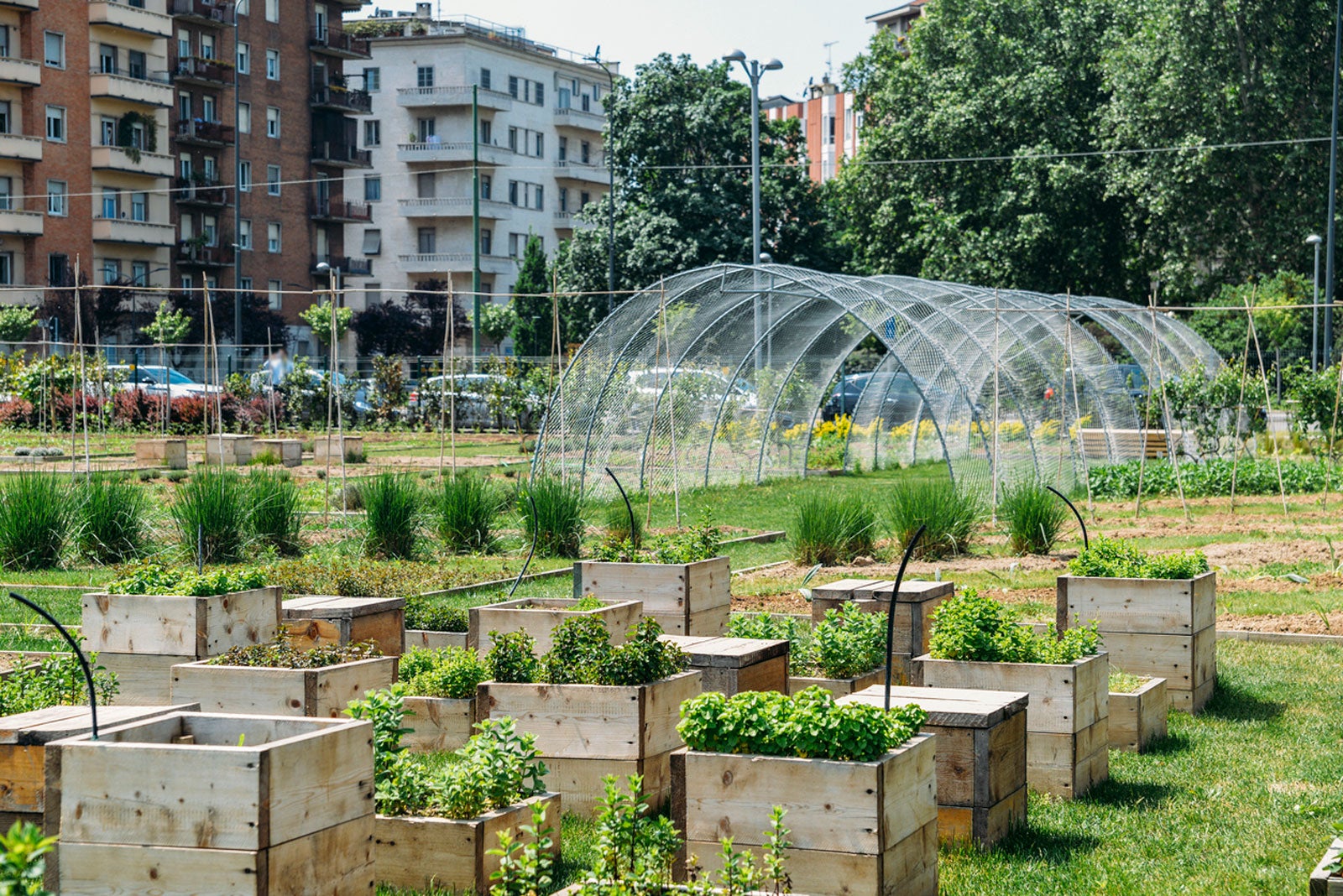The Buzz on City Blooming
The Buzz on City Blooming
Blog Article
Indicators on City Blooming You Need To Know
Table of ContentsThe Only Guide for City BloomingCity Blooming Things To Know Before You Get ThisThe 20-Second Trick For City BloomingSome Ideas on City Blooming You Should KnowSee This Report on City Blooming
Fascinated in expanding food offer for sale in the City of Chicago? Thinking of starting an area yard? Changes to the Chicago Zoning Ordinance enable agricultural usages like area yards and urban farms in many components of the city. Below is a checklist of often asked inquiries relating to the policies and laws that cultivators ought to think about when intending a metropolitan farming project.
The zoning amendment does not modify any type of other codes taking care of composting, building permits, buying or renting City owned residential or commercial property, service licenses or ecological contamination. There are existing codes that regulate these issues and they remain completely impact and might be relevant to your job. Neighborhood yards are typically had or handled by public entities, public organizations or community-based organizations and kept by volunteers.
Urban ranches grow food that is intended to be offered, either on a nonprofit or for-profit basis. Due to their business function, city farms call for a service license.
Indicators on City Blooming You Should Know
Composting is permitted but only for plant product that is created and made use of on website. The amount of compost product can not exceed 25 cubic yards at any given time according to the criteria in 7-28-715 of the City's Municipal Code. Yes. Because the dirt at most brand-new yard websites needs amending, compost, dirt, wood chips, or other products can be acquired to create or boost the expanding space - landscaping.

If a building license is required after that the hoophouse will certainly be taken into consideration an accessory building. You can locate out even more regarding the structure permit requirements by calling the Division of Structures. The 25,000-square-foot dimension limitation is intended to avoid a solitary community yard from dominating an offered block or interfering with the block's existing residential or industrial personality.
The restriction does not apply to gardens located in Public Open Area (POS) areas. Can there be even more than one community garden that is 25,000 square feet on a solitary block? Secure fencing is not required, nevertheless, yards that have huge car park locations may be needed to set up secure fencing or other landscaping functions.
10 Easy Facts About City Blooming Shown
B1 & B2 districts require that all industrial usage activities be carried out indoors. Is fencing needed for metropolitan farms? Fencings may be required, along with landscaping and screening, for certain car parking locations and outdoor job or storage locations depending on place and the specific activity taking area.
Yes. Urban farms call for structure authorizations and zoning authorizations prior to building. Other types of city evaluation may be called for relying on certain structures, activities, dimension, landscaping, licensing, public health and stormwater administration issues. A lot of these demands are recognized in the task style or permitting procedure, however, the candidate may be accountable to independently recognize certain licenses or permits that may be called for.
Yes. The kind of certificate is determined by what is occurring at the site. The Division of Organization Affairs and Customer Protection can aid figure out the specific sort of company certificate that's required. Yes. Off street vehicle parking is needed for many commercial projects in Chicago. The called for number of garage is based upon the number of workers functioning on site and not the square video footage of the expanding space.
Examine This Report on City Blooming

An urban ranch can offer garden compost product created on website, however, the operation should conform with the policies in 7-28-715 of the Chicago Municipal Code. Aquaponic systems are allowed indoors on metropolitan farms in numerous zoning districts.
Up to five hives or swarms of honey might be maintained as an accessory use. However, beekeepers must sign up with the Illinois Division of Agriculture. For more details regarding the proposed zoning modification you may get in touch with the Division of Housing and Economic Growth, Bureau of Preparation and Zoning at 312.744.8563.
Farming in cities and metropolitan areas A city farm in Chicago. Urban farming describes different techniques of growing. https://forums.hostsearch.com/member.php?263116-cityblooming, handling, and distributing food in city locations. The term likewise puts on the area activities of animal husbandry, tank farming, beekeeping, and cultivation in a city context. Urban agriculture is differentiated from peri-urban agriculture, which occurs in rural locations at the edge of suburbs.
Unknown Facts About City Blooming
It can include a motion of natural cultivators, "foodies" and "locavores", who look for to develop social media networks founded on a common principles of nature and neighborhood holism. These networks can create using official institutional support, becoming integrated into neighborhood town preparation as a "transition community" activity for sustainable metropolitan advancement.
The extra direct accessibility to fresh veggie, fruit, and meat items that might be know with city farming can boost food security and food safety while lowering food miles, causing reduced greenhouse gas emissions, consequently adding to environment adjustment mitigation. A few of the see it here very first evidence of metropolitan farming comes from Mesopotamia.
Report this page